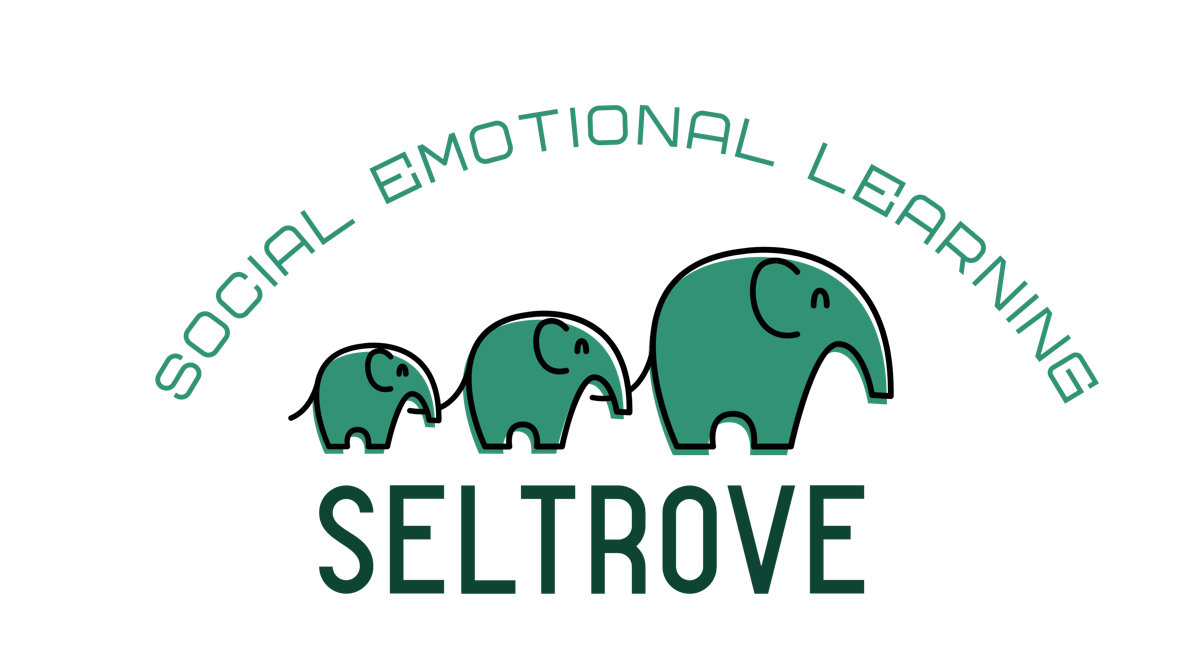Step 1: Calm Down. Remind your student that it is impossible to think clearly or relationally when we are scared, upset, or angry. Encourage them to take some deep breaths or a quick walk to get themselves regulated before step 2. Constructive choices happen when students are able to stop and use critical thinking skills.
Step 2: Identify the Problem. Once the student is calm, have them explain what the problem is and determine the possible risk factors. This is a main factor in the decision-making process.
Step 3: Brainstorm possible solutions. Make a list of options. Students who are able to make a list of possible solutions are developing their decision-making skills.
Step 4: Determine which solution is the most safe. Prioritize safety. Acknowledge that the friend may be mad, but remind your students that a mad friend is probably easier to deal with than a hurt friend. These social interactions can be difficult, so empathize and acknowledge that these can be complex decisions.
Step 5: Take action. Once the student has decided what the next best SAFE step is, encourage them to take action. Encourage them in their responsible decision-making process.
Possible Step 6: Get help from another professional. If the problem has to do with abuse, assault, self-harm, suicide, or anything illegal that will put others in danger, get help from another professional who can help in other ways. Students who have positive relationships with teachers and faculty, and have worked on their relationship skills will be better able to get help, if needed.
Remember to "practice the decision-making model in your classroom, perhaps as an anchor chart. It can be applied to a plethora of relevant classroom dilemmas like solving a peer conflict and/or how to use time wisely during study hall. I've seen teachers apply it to group decisions such as where to take the end of the year field trip. If you aren't familiar with the model I've included the steps below." (everfi.com)
